
This Month We're Doing a Series to Help Therapists Prevent Burnout & Build Resilience
Clinician's Corner
 Recently, a supervisee found herself caught in the tug-of-war between client preferences and personal boundaries. Many of her clients wanted evening sessions—reasonable enough, except that, like them, she also has a life outside of work. Some were particularly insistent, and the pressure stirred up feelings of guilt and resentment. The easiest path seemed to be just extending her availability—avoiding conflict by quietly sacrificing her own time.
Recently, a supervisee found herself caught in the tug-of-war between client preferences and personal boundaries. Many of her clients wanted evening sessions—reasonable enough, except that, like them, she also has a life outside of work. Some were particularly insistent, and the pressure stirred up feelings of guilt and resentment. The easiest path seemed to be just extending her availability—avoiding conflict by quietly sacrificing her own time.But she knew from experience that overloading her evenings would chip away at moments with family, creative pursuits, and the simple joy of unwinding. The cost wasn’t just personal—it was professional too. When burnout creeps in, it impacts the energy and presence she brings to her sessions. It made it hard to show up as the best therapist she can be—the one she wanted to be for her clients!
We unpacked this together, revisiting why she entered the field in the first place and recognizing the work it took to get where she is. She isn’t just offering a service—she’s the professional her clients are seeking. From there, we explored strategies to help her decide, case by case, whether to adjust her schedule while also strengthening her confidence in asserting boundaries upfront.
Because at the end of the day, prioritizing balance isn’t about saying "no" to clients—it’s about saying "yes" to sustainability, effectiveness, and being fully present when it matters most.
Let's Get Into It
Understanding how your energy fluctuates throughout the day can help you shape a schedule that works for you, not against you. This tracker provides a structured way to observe your energy levels at different points in your day—morning, lunch, dinner, and an end-of-day reflection.
By tracking what happens before energy shifts—whether that’s an interaction, a task, or even downtime—you’ll start to see patterns. Some stressors drain you, while others challenge and engage you. Some moments are truly renewing, while others masquerade as “rest” but actually leave you feeling sluggish.
After a week of tracking, you’ll have a clearer sense of what fuels you, what depletes you, and how to adjust accordingly. Because energy management isn’t just about avoiding exhaustion—it’s about making sure you have enough in the tank for what matters most.
On The Horizon
We recently wrapped up our Diagnosing Made Clear Knowledge Base, now available on demand.
Here’s what people are saying about it:
"The presentation was well put together, and the knowledge wasn't too much at a time. I liked the role-playing and determining what best fit for a diagnosis. I enjoy reading through the DSM together and comparing the parts."
"It helped create a better understanding and easier way to understand this section of the DSM."
"The most helpful was...The explanation in detail of each diagnosis and interactive quiz at the end."
"It helped create a better understanding and easier way to understand this section of the DSM."
"The most helpful was...The explanation in detail of each diagnosis and interactive quiz at the end."
Coming up next: A deep dive into clinical documentation! This series includes at least 8 live hours of CE training on:
- Writing assessments that make sense (and don't make you frustrated!)
- Crafting treatment plans that actually guide the therapeutic process
- Clinical notes that are thorough but don’t "dry snitch" on clients to insurance companies
- Using documentation transparently in Open Notes to strengthen client trust
If documentation has ever felt like a headache, this series is for you. Stay tuned for more details!
Thanks for reading! I love diving into these topics with you, and I hope something in this newsletter sparked a fresh perspective or a helpful shift. If you have thoughts, questions, or topics you’d love to see covered in future newsletters, just hit reply—I’d love to hear what’s on your mind!
Sign up for my Blog and get new posts right to your inbox:
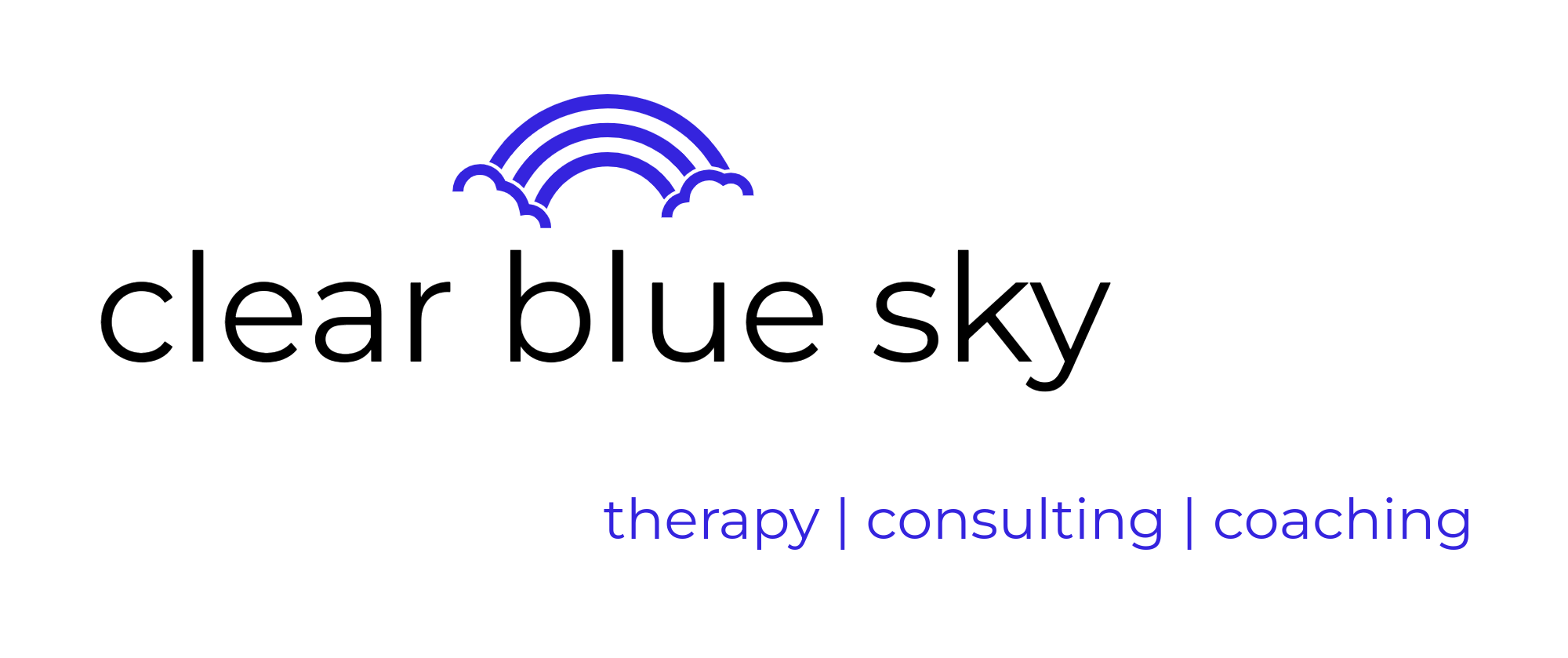


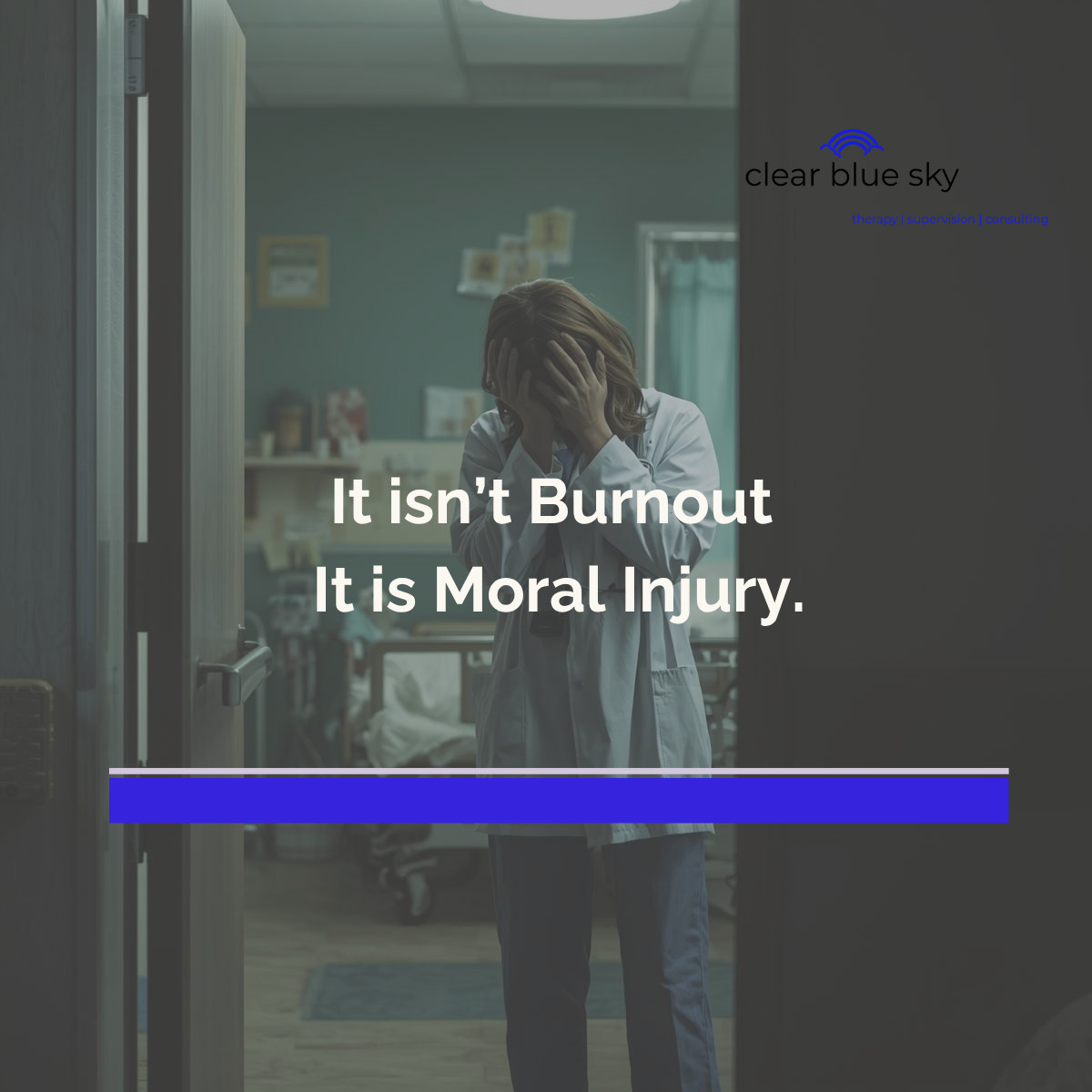


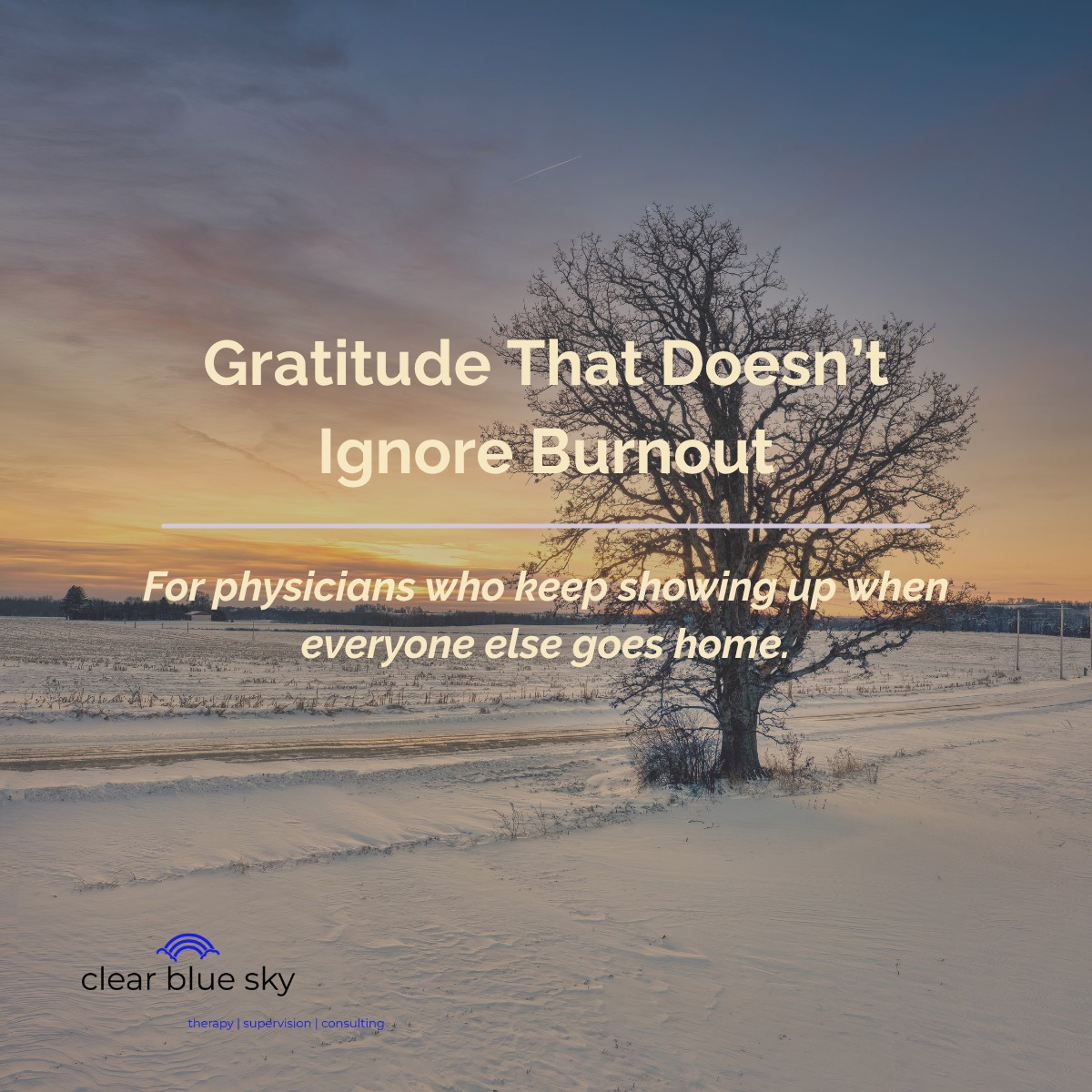

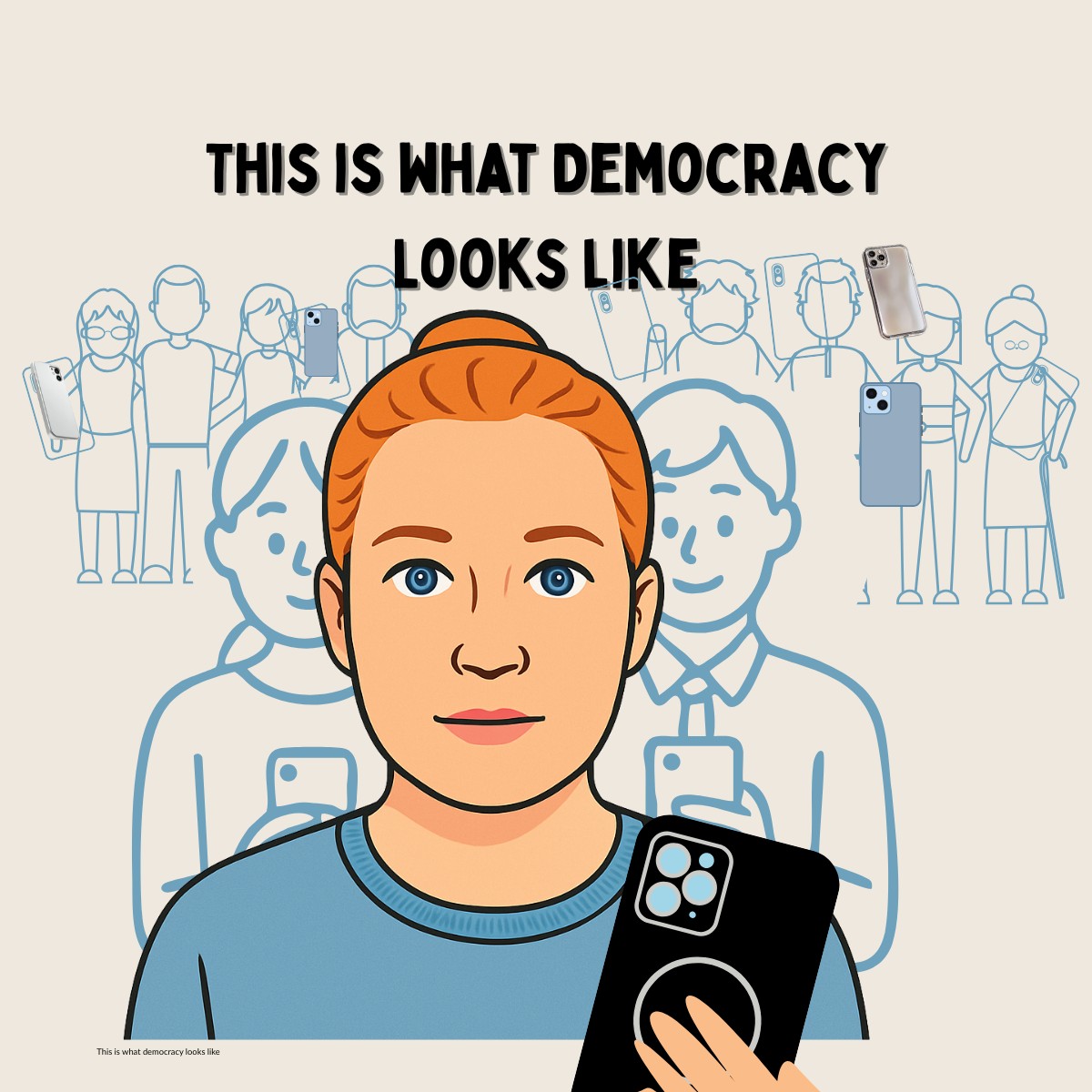
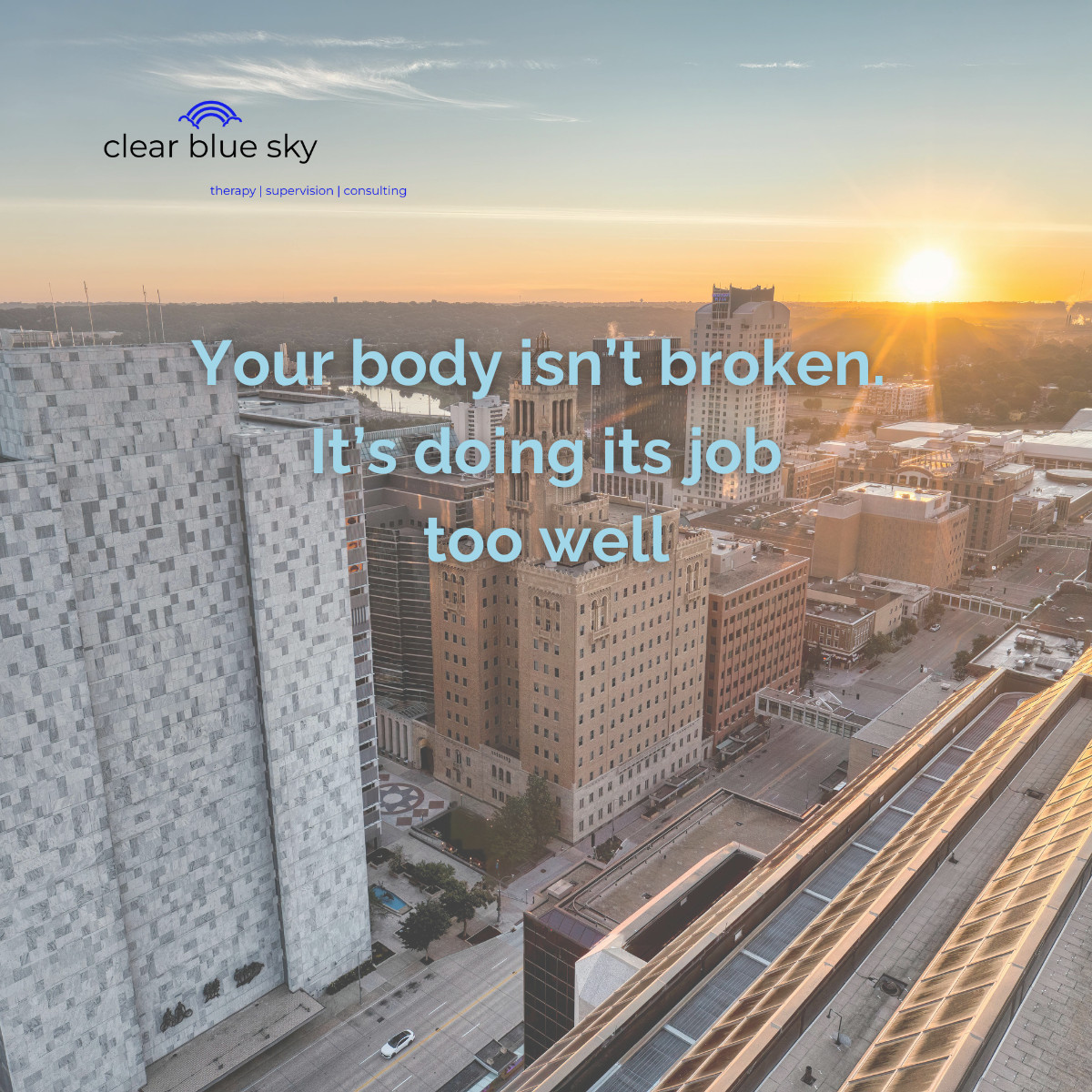
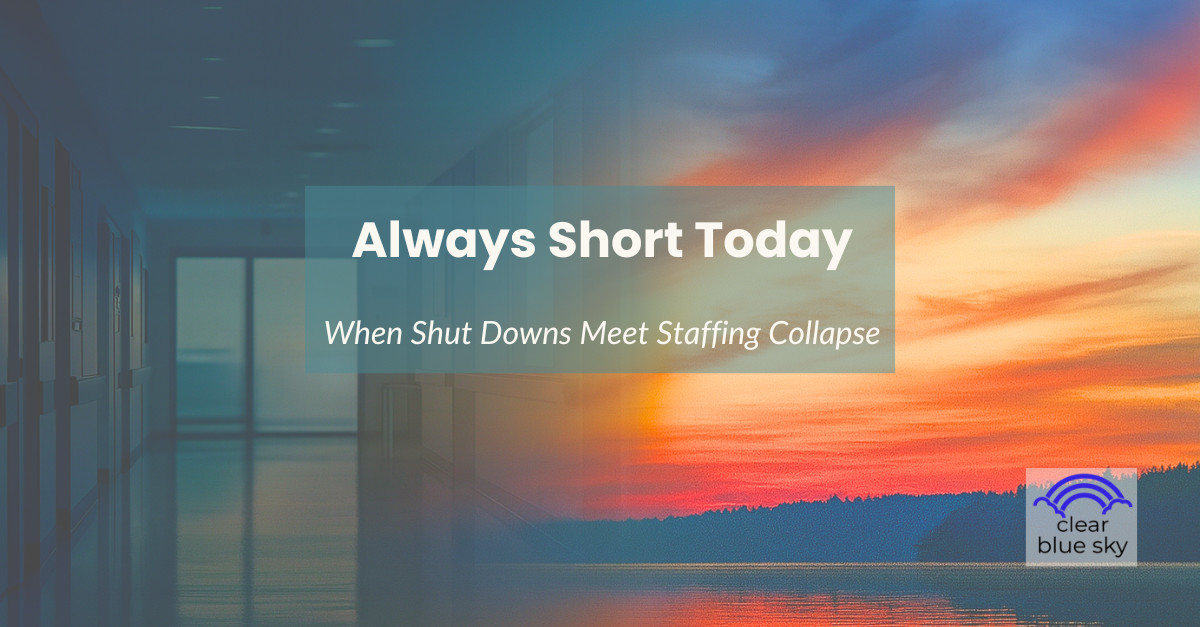
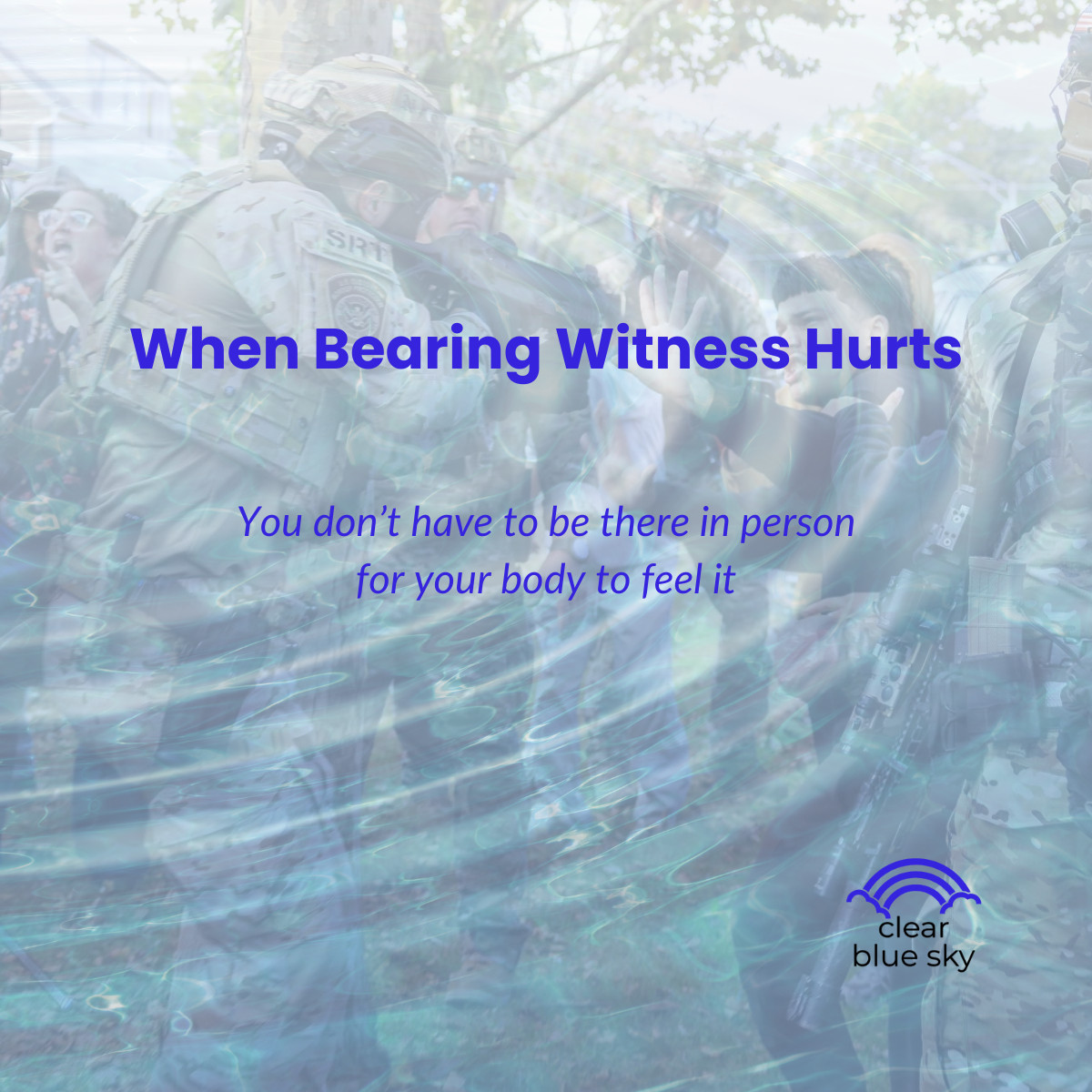
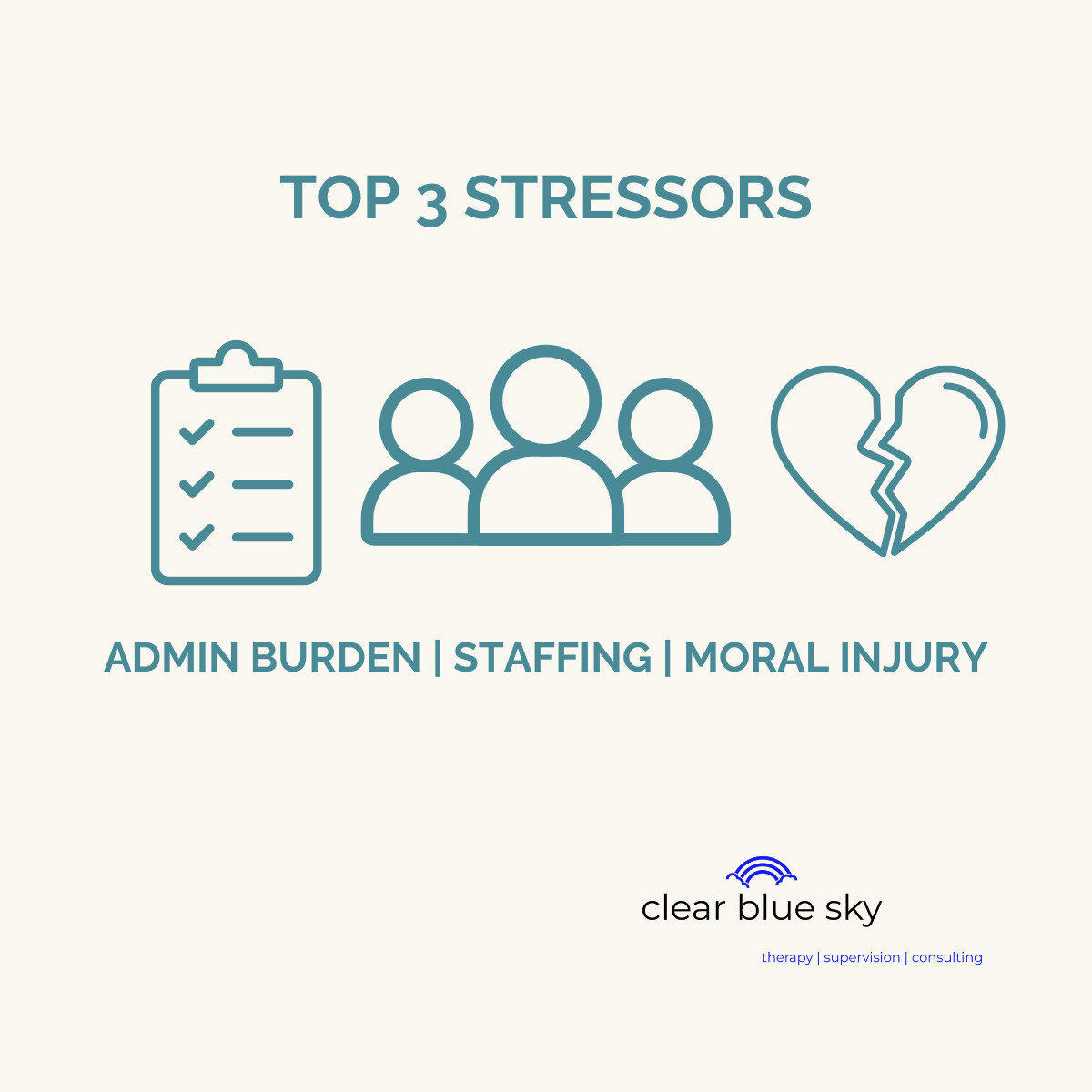


0 Comments